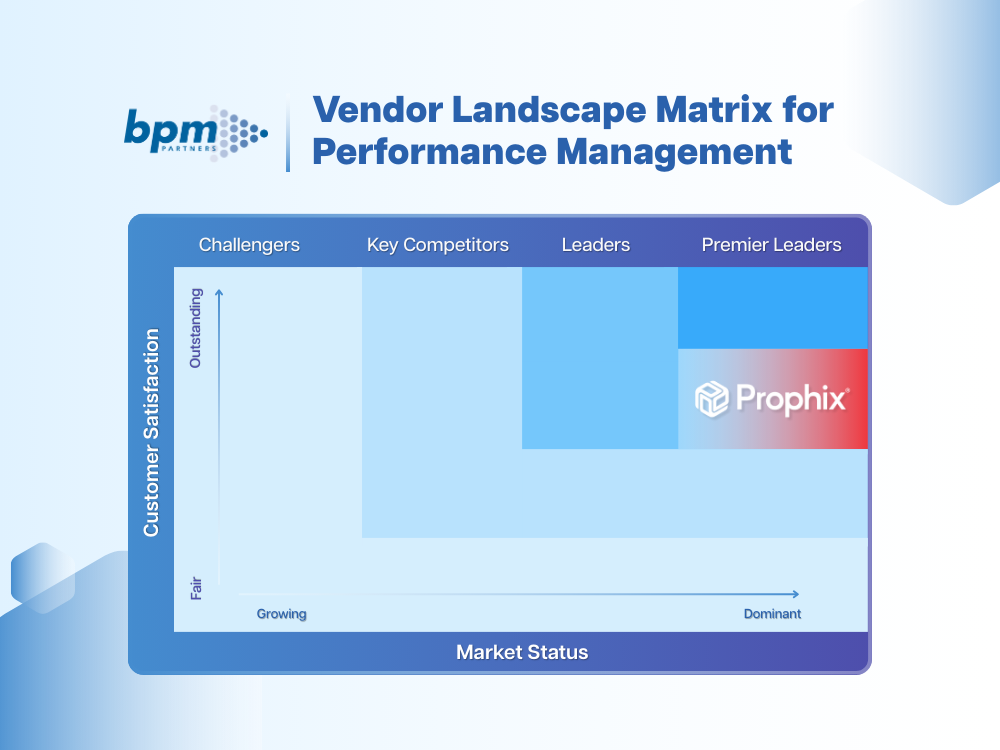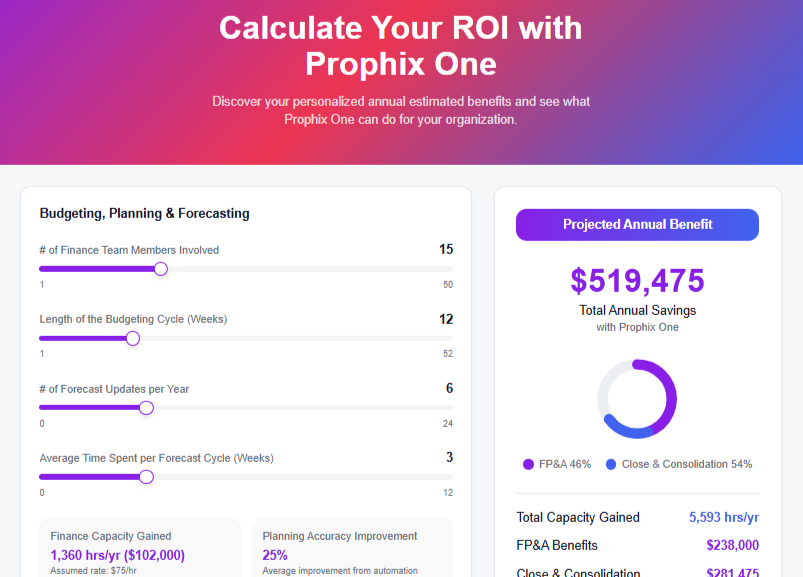Download the BPM Partners Whitepaper
What is SEC in accounting? SEC regulation explained
The SEC’s organizational structure includes five main divisions, each focused on a specific area of responsibility.
February 13, 2025What is the role of the SEC in accounting?
The Securities and Exchange Commission (SEC) is a U.S. government agency responsible for enforcing federal securities laws, regulating the securities industry, and ensuring fair and efficient markets. Established in 1934 during the Great Depression, the SEC was founded to restore public confidence in financial markets following the stock market crash of 1929. Its creation was a cornerstone of the Securities Exchange Act of 1934, designed to protect investors and ensure transparency in financial reporting.
The regulatory power of the SEC stands out for its scale, centralized enforcement capacity, and authority to impose significant penalties directly on market participants. It regulates one of the world's largest and most complex financial ecosystems, which dwarfs many other regulatory frameworks in terms of market size and influence. The SEC oversees over 28,000 entities in the securities industry, and over $100 trillion in securities trading on U.S. equity markets annually.
Who runs the SEC?
The Securities and Exchange Commission (SEC) is overseen by five commissioners, appointed by the President and confirmed by the Senate. One of them is selected as the Chairperson, who acts as the SEC's chief executive. Commissioners serve staggered five-year terms to ensure consistent leadership and avoid sudden shifts in policy. To maintain impartiality, no more than three commissioners can belong to the same political party, encouraging balanced decision-making. Together, they oversee SEC operations, set policy, and make regulatory and enforcement decisions.
Commissioners of the SEC can only be removed by the President of the United States. This dismissal would be for a reason such as neglect of duty, misconduct, or inability to perform the functions of their office.
Over the years, several SEC chairs have faced turbulent exits, stepping down amid controversy and public criticism (a total of 4 since 2001). From Harvey Pitt's entanglement in post-Enron scandals to Christopher Cox's role during the 2008 financial crisis, their departures highlight the high stakes of overseeing U.S. financial markets. While no chair has been officially fired, the weight of public scrutiny and political backlash has proven enough to end careers at the helm of the SEC.
How is the SEC organized?
The SEC’s organizational structure includes five main divisions, each focused on a specific area of responsibility:
- Division of Corporate Finance: Oversees the disclosure of important information to investors, ensuring that companies meet their reporting obligations.
- Division of Enforcement: Investigates violations of securities laws and takes appropriate legal actions.
- Division of Trading and Markets: Regulates major securities market participants, including exchanges, brokers, and dealers.
- Division of Investment Management: Oversees investment companies, mutual funds, and investment advisers to protect investors.
- Division of Economic and Risk Analysis (DERA): Provides economic and statistical analysis to guide the SEC’s policymaking and enforcement efforts.
What does the SEC have to do with accounting?
The SEC plays a crucial role in ensuring accurate and transparent financial reporting. It requires publicly traded companies on US markets to file periodic reports, such as the 10-K, 10-Q, and 8-K, to provide critical financial information to investors. By enforcing strict accounting standards and auditing practices, the SEC helps prevent fraud and fosters investor confidence.
How does the Securities and Exchange Commission (SEC) work?
SEC operations span enforcement, oversight, and rulemaking, encompassing a wide range of activities. The agency is headquartered in Washington, D.C., with 11 regional offices across the country to address local and regional market issues. Each of its five divisions—Corporation Finance, Trading and Markets, Investment Management, Enforcement, and Economic and Risk Analysis—focuses on specific aspects of the financial ecosystem.
Key functions of the SEC
- Monitoring and investigating violations: The SEC actively monitors market activity to detect potential violations of securities laws. This includes insider trading, accounting fraud, and misleading financial disclosures. Through its Division of Enforcement, the SEC investigates allegations of wrongdoing, working closely with whistleblowers, market participants, and other regulatory agencies. When violations are identified, the SEC pursues civil actions, imposes penalties, and can recommend criminal prosecution to the Department of Justice.
- Reviewing corporate filings: Publicly traded companies are required to submit periodic filings, such as quarterly (Form 10-Q) and annual reports (Form 10-K), detailing their financial performance and operational activities. The SEC reviews these filings to ensure compliance with disclosure requirements and transparency standards.
- Proposing and enforcing rules: The SEC has the authority to propose and enforce regulations that promote market stability and investor protection. This includes rules governing securities offerings, trading practices, corporate governance, and financial reporting.
- Overseeing market participants: The SEC oversees a variety of market participants, including stock exchanges, broker-dealers, investment advisors, and mutual funds. It ensures that these entities adhere to legal and ethical standards, operate transparently, and act in the best interests of investors.
- Facilitating capital formation: The SEC plays a vital role in supporting businesses, particularly small and medium enterprises, in raising capital. Through programs such as Regulation D and Regulation A, it provides pathways for companies to access funding while maintaining investor protections.
- Engaging with the public and stakeholders: The agency regularly seeks public input on proposed rules and engages with stakeholders through public forums, advisory committees, and investor outreach programs. These initiatives ensure that its policies reflect the needs of a diverse range of market participants.
- Educational initiatives: Through its Office of Investor Education and Advocacy, the SEC provides resources on topics such as fraud prevention, retirement planning, and understanding financial statements.
How does the SEC make new rules?
The SEC follows a structured rulemaking process that includes:
- Proposal: Drafting a proposed rule, often informed by research and stakeholder input.
- Public comment: Publishing the proposal for public feedback.
- Review and revision: Analyzing comments and making necessary adjustments.
- Final adoption: Voting by commissioners to finalize and adopt the rule.
Who does the SEC report to?
The SEC reports to Congress, ensuring accountability in regulating financial markets. Its oversight is crucial, but it has faced scrutiny during major scandals and hearings. Notably, the SEC played a role in the Enron scandal, which exposed flaws in financial reporting and auditing, leading to the Sarbanes-Oxley Act of 2002. Similarly, the 2008 financial crisis highlighted lapses in oversight, prompting reforms to bolster transparency. The agency faced scrutiny for its lack of oversight of major financial institutions, including Lehman Brothers and AIG, whose collapses were pivotal in the crisis. The SEC failed to detect risky practices like excessive leveraging, poor risk management, and misrepresentation of subprime mortgage risks. Its light-touch regulation of credit rating agencies and the shadow banking system, combined with limited enforcement actions, allowed systemic vulnerabilities to grow unchecked, exacerbating the crisis's severity.
The SEC has also been involved in hearings about insider trading, cryptocurrency regulation, and high-profile cases like Bernie Madoff’s Ponzi scheme.
What’s the relationship between the SEC and IASB?
The SEC collaborates with the International Accounting Standards Board (IASB) to promote global consistency in accounting standards. On November 15, 2007, the SEC allowed U.S. companies to use International Financial Reporting Standards (IFRS) for their financial statements. This decision marked a significant step toward harmonizing U.S. Generally Accepted Accounting Principles (GAAP) with IFRS.
SEC regulations finance and accounting teams need to know
Regulation S-X
Regulation S-X (17 C.F.R. Part 210) lays out the requirements for the form, content, and presentation of financial statements submitted to the SEC. This includes stipulations about disclosures, financial schedules, and audit requirements for filings like registration statements, proxy solicitations, and annual reports. It ensures transparency and comparability, mandating consistency in accounting practices. For instance, it specifies how income statements, cash flows, and balance sheets must be formatted and presented. Any deviation from these standards can result in delays in SEC filings or penalties.
Staff Accounting Bulletins (SABs)
Staff Accounting Bulletins are issued by the SEC’s staff to provide guidance on the application of accounting principles. Though they are non-binding, SABs are widely adopted by companies as they reflect the SEC's expectations regarding compliance with accounting standards. They often address emerging accounting issues or clarify interpretations of existing rules, making them essential for staying aligned with evolving regulations. Examples include SABs on revenue recognition and share-based payments, offering practical insights for accurate financial reporting.
Accounting and Auditing Enforcement Releases (AAERs)
AAERs highlight the SEC’s enforcement actions against individuals or entities that fail to comply with accounting and auditing standards. These releases often document cases of fraud, misrepresentation, or negligence in financial reporting. By publicizing these actions, the SEC aims to deter misconduct and uphold investor confidence. For instance, AAERs may describe settlements or penalties imposed for misstating earnings, insider trading, or violating auditing rules. They serve as a cautionary tale for companies and auditors, emphasizing the importance of compliance.
Public Company Accounting Oversight Board (PCAOB) rules
The PCAOB, under SEC oversight, enforces auditing standards to ensure high-quality audits of public companies. Its rules cover auditor independence, audit documentation, and inspection protocols. Key provisions include mandatory rotation of lead audit partners and strict guidelines for audit firm quality control. The PCAOB’s inspections and enforcement actions are integral to safeguarding the integrity of financial reporting, ensuring auditors adhere to rigorous standards that align with the SEC’s expectations. These rules enhance investor confidence by promoting transparency and reliability in audits.
What are the SEC accounting standards?
The SEC oversees the application of accounting standards to ensure transparency, consistency, and reliability in financial reporting for publicly traded companies in the United States. These standards are primarily based on U.S. Generally Accepted Accounting Principles (U.S. GAAP), developed by the Financial Accounting Standards Board (FASB). They serve as the framework for preparing financial statements that meet the SEC's regulatory requirements.
- Principle of Regularity: Adherence to established rules and regulations.
- Principle of Consistency: Uniform application of accounting methods over time.
- Principle of Sincerity: Honest representation of financial statements.
- Principle of Permanence of Methods: Consistency in accounting methods for comparability.
- Principle of Non-Compensation: Full disclosure of financial results without offsetting debts against revenue.
- Principle of Prudence: Cautious representation of financial outcomes.
- Principle of Continuity: Assumption of ongoing business operations.
- Principle of Periodicity: Reporting financial performance over defined periods.
- Principle of Materiality: Disclosure of all relevant financial information.
- Principle of Utmost Good Faith: Ensuring integrity in financial reporting.
Importance of SEC standards
By aligning with U.S. GAAP, the SEC's accounting standards provide a robust framework for financial reporting. They ensure that companies present an accurate and fair view of their financial performance and condition, which is critical for investor confidence, market efficiency, and regulatory compliance.
In addition to enforcing these principles, the SEC monitors companies to ensure adherence and may take corrective actions, including penalties, for violations. Understanding these principles is vital for organizations to maintain credibility and avoid legal repercussions. Over the years, there have been many instances of companies violating these principles. Some of the latest examples of violations include Celsius Holdings' $3 million fine in 2025 for improper accounting of stock-based awards; UPS's $45 million penalty in 2024 for misvaluing its freight division; and Fluor Corporation's $14.5 million fine in 2024 for accounting flaws. This doesn’t include past cases like EY's $10 million fine in 2021 and KPMG's $6.2 million penalty in 2017 for audit misconduct.

Stay on top of SEC regulations with Prophix
Understanding SEC regulations is vital for maintaining compliance and fostering trust among investors. By staying informed about the SEC’s rules and accounting standards, finance teams can ensure transparency and avoid penalties. Prophix can help organizations streamline compliance efforts and adapt to evolving regulatory landscapes.
Learn how Prophix can help you with SEC compliance today.





